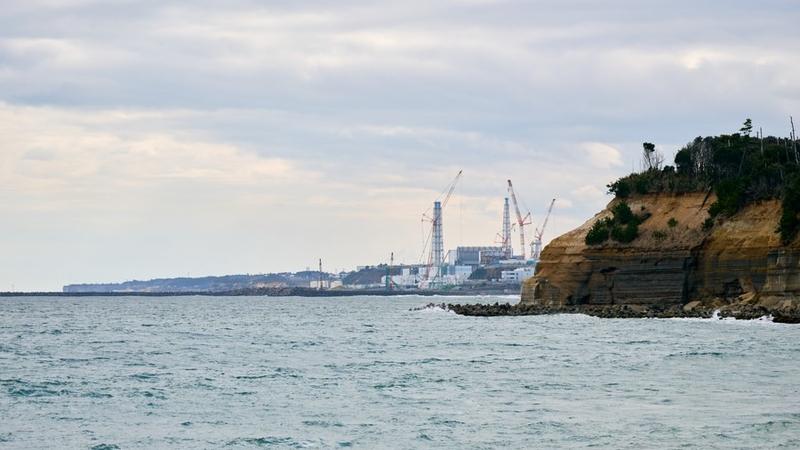 This file photo taken on March 6, 2023 shows the Fukushima Daiichi nuclear power plant seen from Futabacho, Futabagun, Fukushima prefecture, Japan. (PHOTO / XINHUA)
This file photo taken on March 6, 2023 shows the Fukushima Daiichi nuclear power plant seen from Futabacho, Futabagun, Fukushima prefecture, Japan. (PHOTO / XINHUA)
TOKYO - The operator of Japan's crippled Fukushima nuclear power plant, Tokyo Electric Power Company (TEPCO), has announced a plan to release around 54,600 tons of nuclear-contaminated water from the facility into the ocean in fiscal 2024.
The volume is expected to be discharged into the Pacific Ocean in seven rounds, starting from April 1, 2024, to March 31, 2025, according to the plan announced Thursday.
TEPCO is slated to finalize the discharge plan by the March 31 end of fiscal 2023, it said.
ALSO READ: Japan to start fourth release of Fukushima water in late Feb
 This photo taken during the tour of the treated water dilution and discharge facility for foreign media shows a blue pipeline to transport seawater, part of the facility for the releasing treated radioactive water to sea from the Fukushima Daiichi nuclear power plant, operated by Tokyo Electric Power Company Holdings (TEPCO), in Futaba town, northeastern Japan, Sunday, Aug 27, 2023. (PHOTO / AP)
This photo taken during the tour of the treated water dilution and discharge facility for foreign media shows a blue pipeline to transport seawater, part of the facility for the releasing treated radioactive water to sea from the Fukushima Daiichi nuclear power plant, operated by Tokyo Electric Power Company Holdings (TEPCO), in Futaba town, northeastern Japan, Sunday, Aug 27, 2023. (PHOTO / AP)
Despite concerns and oppositions among local fishermen in Fukushima prefecture as well as other countries, the Fukushima wastewater discharge started in August 2023. In fiscal 2023, TEPCO is set to release a total of about 31,200 tons of radioactive wastewater in four batches, with the fourth and final round for the year scheduled late next month.
Hit by a 9.0-magnitude earthquake and an ensuing tsunami on March 11, 2011, the Fukushima nuclear plant suffered core meltdowns that released radiation, resulting in a level-7 nuclear accident, the highest on the International Nuclear and Radiological Event Scale.
READ MORE: Japan urged to comply with supervision over water discharge
The plant has been generating a massive amount of water tainted with radioactive substances from cooling down the nuclear fuel in the reactor buildings, which are now being stored in tanks at the nuclear plant.


